Charlie Pragnell took over as managing director of George Pragnell in 2010 at a time when the family business was already established as the most prestigious jeweller and purveyor of fine watches in Stratford-Upon-Avon. Since control passed to Charlie from his father Jeremy, the business has acquired top end jeweller Tarratt in Leicester and, last year, opened its first boutique in London. If you ever wondered how a family jeweller with a single store expanded to become a £30 million mini multiple holding over £20 million in stock of exquisite rare jewellery and Swiss watches, read on as Mr Pragnell explains his Midas touch to WatchPro‘s Rob Corder.
WatchPro: You were presented with the Queen’s Award for Enterprise this year. Tell me a little about your journey to this point and what the award means to you.
Charlie Pragnell: We’re very proud to have been presented with the award. Diversity and range of services is one of the things that we try to retain because it helps in a number of ways in that customers only need to come to us to resolve all sorts of different issues: broken pearls, candlesticks; they want a new unheated Burma ruby, a battery changed on a quartz watch, and valuations. That helps us work with lots more customers because we can offer that diversity of service and goods and different price points from a couple hundred pounds to seven figures.
WP: You have to provide a lot of detail to the panel that judges the Queen’s Award for Enterprise. What did they look at besides commercial success?
CP: So we explained the nature of the business. We explained some of the charitable work that we’ve done in the past, both locally and nationally, and we also gave quite a bit of information about our apprenticeship programme because I think we’ve now got over 15 gemmologists in the company now, we have four registered valuers, we have people in our showrooms fully trained by Rolex, Cartier, Omega and Patek Philippe and every other brand we work with. We train all of the different members of the team in a very strict rota and the vast majority are trained in the majority of the brands and product types we offer.
On the jewellery side, we have a training programme that everyone goes through. That takes a bit longer, but we’ve ended up with 15 qualified gemmologists. We have expertise in antique jewellery and silver, our own watch workshops, jewellery workshops, and a clock workshop. So the diversity’s been quite important, and to retain that diversity of goods and services, we have to continually invest in these apprenticeship and training programmes.
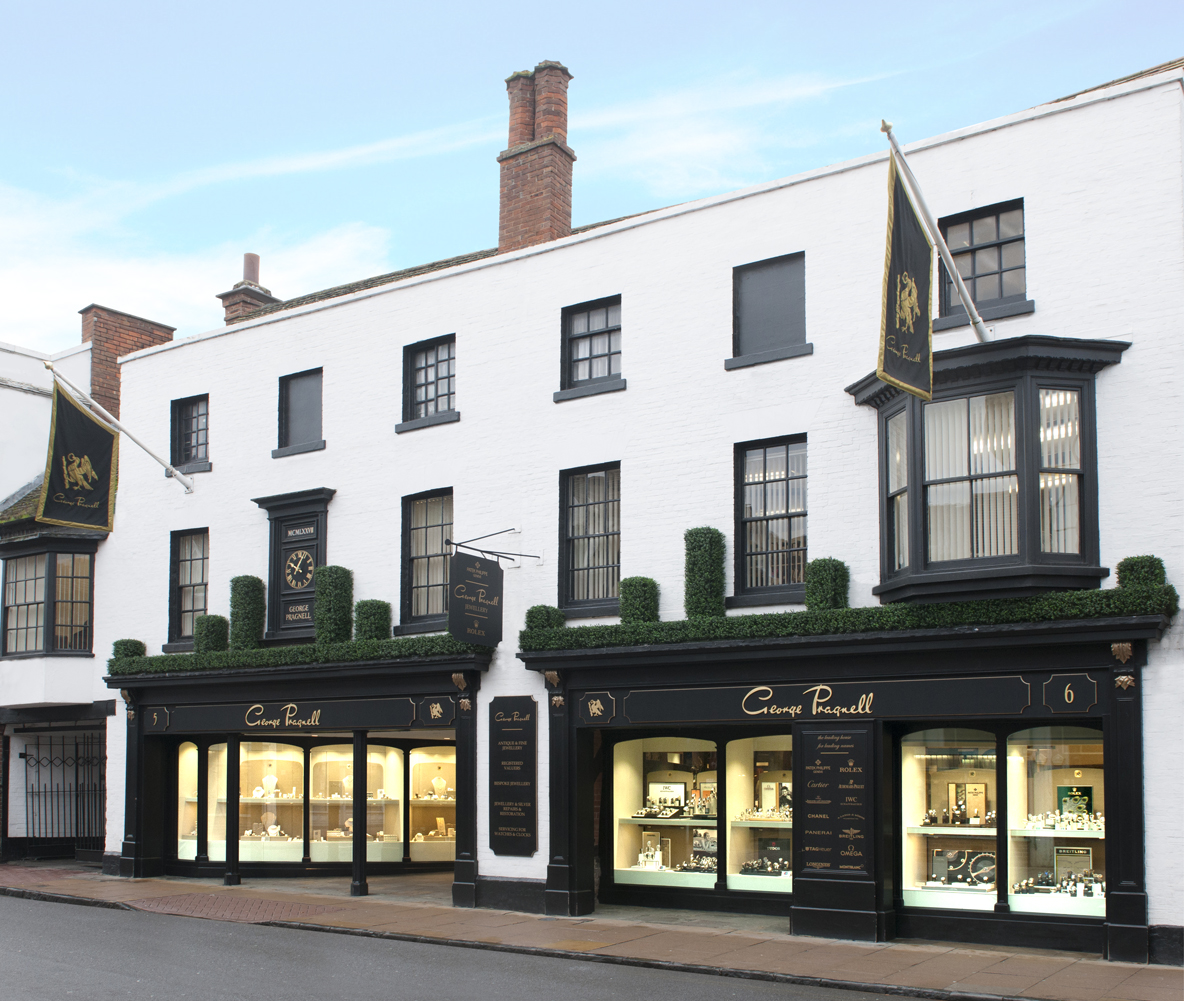
WP: The other thing that the announcement about the Queen’s Award for Enterprise mentioned was how strong your international business is, which is also borne out in your financial accounts that say the split between domestic and export sales is about 50/50.
CP: Is it 50/50? We did some analysis and made a pie chart of where all of our export customers lived. From that we coloured in a map of the world, and there is almost no country where we’d not had a customer in the last 12 months. It’s extremely diverse, and probably not much difference to the nationalities of the audiences at the Royal Shakespeare Company productions in Stratford-Upon-Avon.
People visiting the UK of a certain demographic are very likely to visit Stratford-Upon-Avon because in many parts of the world people are taught that it was the birthplace of William Shakespeare.
The first major raft of visitors from further afield than Europe was the Americans arriving in the 70s, and then the Japanese in the 80s, the Middle Easterners and then from 2000 we have welcomed visitors from the Far East: China, Malaysia, Thailand, Korea, that part of the world. They all continue to come, they continue to visit.The British often take our own culture and history for granted, but other nations and other parts of the world are fascinated.
WP: Being in the right location in Stratford-Upon-Avon is surely only half the story. How much effort have you put into understanding customers from overseas and providing them with the right service?
CP: By necessity that we have employed people with certain language skills. Also we started in about 2010 to have a bit more of a methodology as to how we were going to analyse where people were coming from, what time of the year, what languages we needed, whose day off it needed to be so that we always had a German speaker in, or whatever. You have to combine that with people who are specialists in high complications, specialists in rare gemstones, specialists in manufacturing and jewellery design, specialists in particular types of watches. And so you always need a number of experts who have got one or more of these specialisms available at the same time.
WP: I wondered whether the success of your business with overseas visitors might have been more down to one-off sales of huge diamond jewellery pieces to the Aga Kahn or Sultan of Brunei or something every year, and that accounts for the very high value.
CP: We are fortunate to make some important sales from time to time. Most are to local customers, some to foreigners and some to British entrepreneurs who have lived abroad for a while but still come to us and would appear in the accounts to be export customers, but they return back to us because they know us and we’ve known the family for a long time. That’s a big part of the business, so it’s a bit ambiguous to say that we’re dealing with an American, when actually the chap who now lives in Upstate New York actually grew up in Warwickshire.
WP: Do you get a lot of customers placing orders by phone and e-mail from around the world?
CP: Yes, but we insist that they visit us because, first of all, we’ve got to know who they are. We’ve got to meet them, and we don’t want to sell something to someone unless they are sure they want it. The people who work within our company are instructed to sell the right item for that person. That might start with explaining the difference between a quartz, mechanical automatic and hand-wound movements. It is amazing the amount of times that isn’t done by some retailers, but is fundamental for our teams before they start to talk about whether people want a strap or bracelet, or what styles and brands they like.
WP: You make it sound more like going into the wand shop in Harry Potter’s world and matching the wand to the customer.
CP: That’s exactly what our role is. The people coming to us learn what’s best for them so that they are better informed to make their decision. Of course, the customer makes their decision, but it’s our job to fully inform the customer as much as we possibly can to make sure they make the right decision. If they do, they are much happier with whatever they’ve bought than they would be if they don’t quite buy what they want, so they value the relationship they have with us better for the long term. They value the watch they have more. It means more to them.
Usually people come to us for a special occasion. By making sure that what they buy is the best article possible for them to mark the occasion or desire, the memories that it embodies are better preserved and better observed. If you’re buying a watch for a 40th birthday and you find out a month later that it’s quartz and you would prefer it to be mechanical then the memories and feelings are not as valuable as they might have been and you wouldn’t feel as warm about watches in general or the jeweller you bought it from.
I think our greatest competitor for the watch and jewellery business is experiences and holidays because people are marking the moments in their lives with memories. Our job is to make sure that watches and jewellery are a better option because they don’t change while the memories of holidays can fade and change over time.
Think about the occasion of becoming married. Tradition dictates that you preserve that memory in two or three specific ways. One, you have a great big party with your friends and family. Two, you have rings as a permanent marker of the memories of that occasion. And three, you go on honeymoon. All three create memories but only one remains a permanent embodiment of the occasion.
I think that’s why we can continue to be very optimistic about the long-term future of the watch and jewellery business, because people do want to mark memories with special objects. It’s been that way for thousands of years and I don’t think that’s ever going to change. People are concerned about the replacement of watches, for example, with electronic devices, but you introduce me to somebody who feels an emotional attachment to a mobile telephone! People don’t get emotionally attached or embody memories in an electronic device of any kind.
WP: You don’t think smartwatches can ever replace the emotional connection people have with traditional watches?
CP: I think there’s a place for it. It’s a functional item, but the principal purpose of people buying a watch is the permanence and magic of a mechanical watch. The fact that those hundreds of little pieces of metal can work together to tell the time, there’s something quite amazing about that.
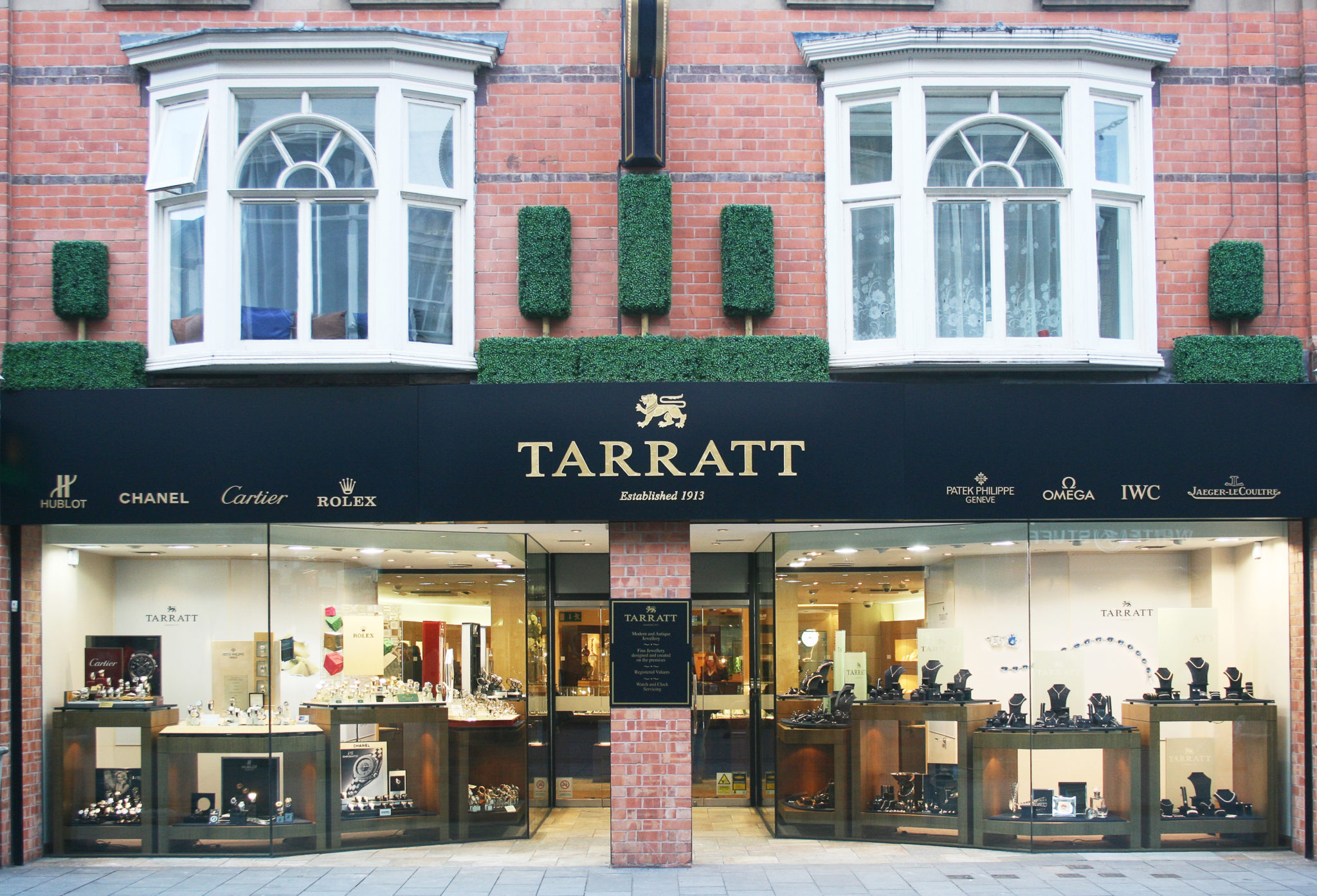
WP: Everything about your view on the business suggests that you thrive on personal relationships that have grown and developed over time. That is much easier with a single family jeweller, but you now have over 70 employees in several locations across the country and thousands of customers. How do you keep that personal touch today?
CP: We’re still a small family business; we really are. We sell less units than the financial figures might suggest, which enables us to retain personal service. That’s a constant challenge, but I think we probably sell fewer units today than we did 30 years ago; probably not any more units. The constant battle is to provide increasingly good service, increasingly personal service, increasingly conscientious service. That is hugely influence over the reputation of the business, and hopefully the continued development of the business. We have to be relentless and uncompromising in our standards.
We also need to recognise the effects of external changes, whether they be the behaviour of various suppliers, whether that be the change in customer habits, the way in which people are much more knowledgeable and much more educated now than they were. We’ve got to make sure we’ve got the right people looking after them who can satisfy their high expectations.
Another thing we are getting better at is understanding which customers are visiting us in advance, and that enables us to be better prepared and to personalise the experience and service. We make sure we understand the history of that customer, what they’re coming in for, in advance.
WP: You talk about the similar number of units being sold over several decades but your turnover has risen dramatically. Is it the same returning customers spending more as the years and decades pass?
CP: The difficulty when we try to understand that is that we have lots of customers who return to us having not bought anything for 10 years. It might be somebody from the same family but the next generation. Does that count as a new customer?
I’m afraid it’s pretty complicated formula. We definitely specialise in rare individual precious very high quality gemstones, and those are often six or seven figures in value. We’ve certainly, over the last 10 years, concentrated more on that part of the business.
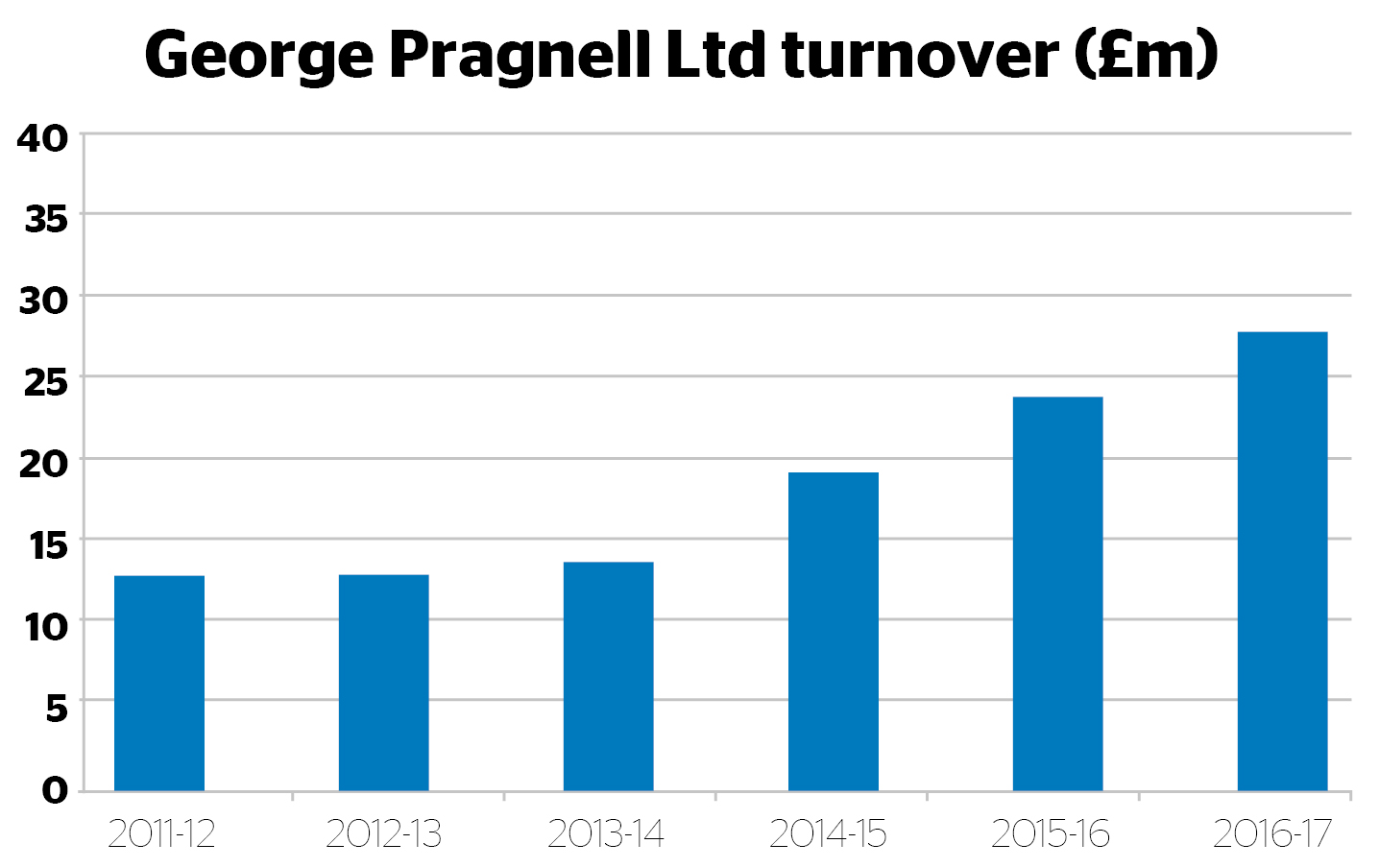
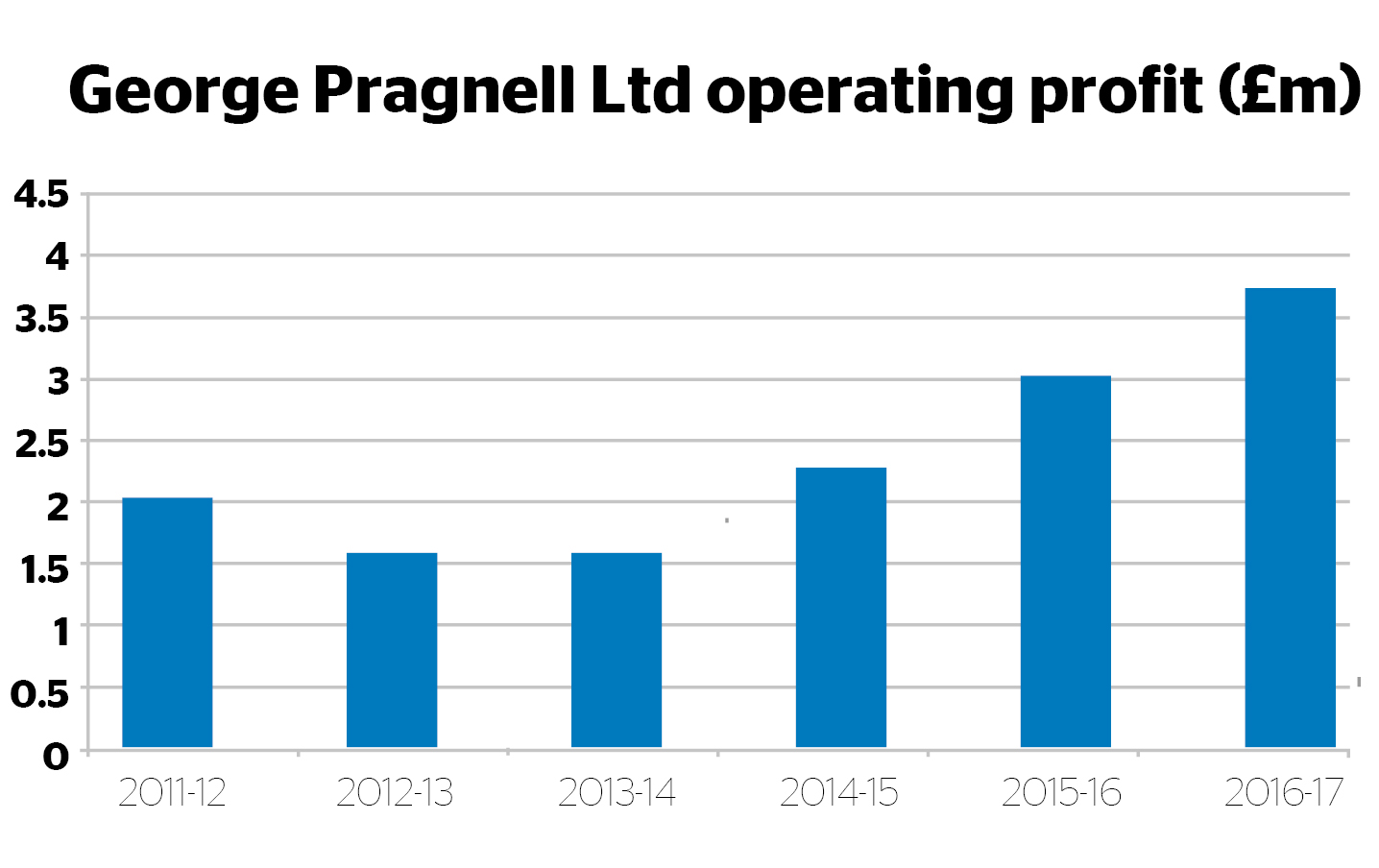
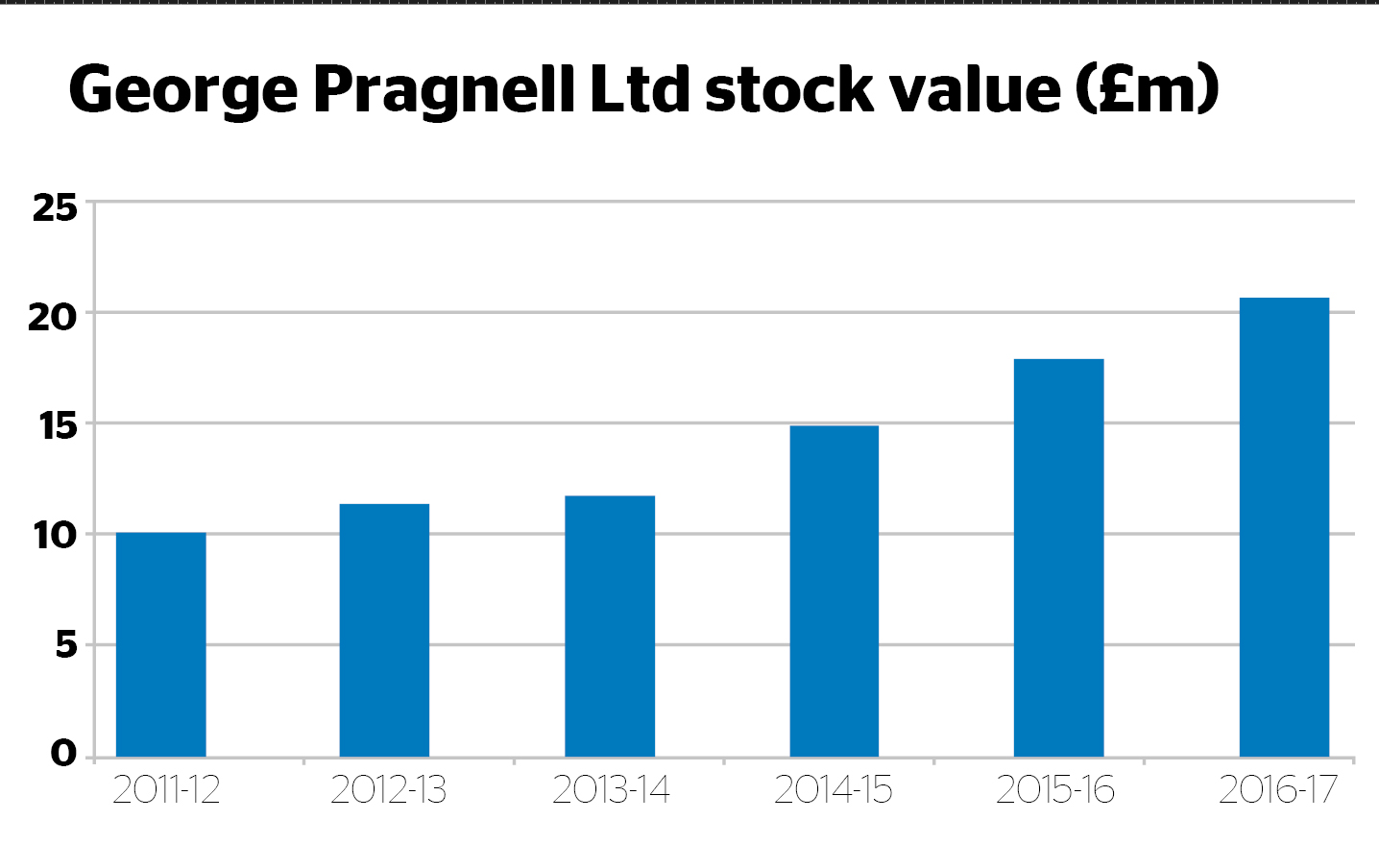
WP: How does the business divide between gems and jewellery and watches if you were drawing a pie chart over a five-year period?
CP: It probably is not far from 50/50 over the last five years because the watch business is growing so enormously.
WP: I would imagine that other jewellers in Britain look on in envy at your location and the Chinese tourists that visit Stratford-Upon-Avon.
CP: We do get visitors from China, and we’re very grateful to do so, but it is not our largest export market. We get people from all round the world, and certainly the Chinese is the most recent strong new addition to the visitors that come to the UK. But I would imagine if you looked at which nation spent the most money on the most expensive goods visiting the UK, I don’t think it’s China, I’d imagine it’s still the Americans.
WP: But do Americans spend as much when they come here?
CP: I think they do. I would imagine that Americans spend more than any other visiting nation on the more important items.
WP: We are meeting for this interview in your new London boutique in Mayfair’s Mount Street, and it is the first family-owned business to open in London with Rolex and Patek Philippe in a generation. How did that come about?
CP: It took an awful lot of planning and preparation. I joined the company in 2005, and have been managing director since 2010 and actually running the business since 2012. Throughout that whole period there was a belief among the company’s directors that for the long term success and possibly survival of our family company, we felt we needed to have a significant location in London. Through one side of the family or another, we’ve always had some sort of presence in London since the mid-1800s. But we wanted to make that permanent, and I think the way that the digital era has developed, having a location under our family name became logical because we have an awful lot of long term customers that live in London.
We knew we had a customer base, but doing it in the right fashion in the right place with the right partners in Patek Philippe and Rolex; we needed all those bits and pieces to come together, and that took several years to arrange. And you need some important gemstones if you intend to be a jeweller in Mayfair. You need to own some important gems and that took quite a while to save up. That has been expensive.
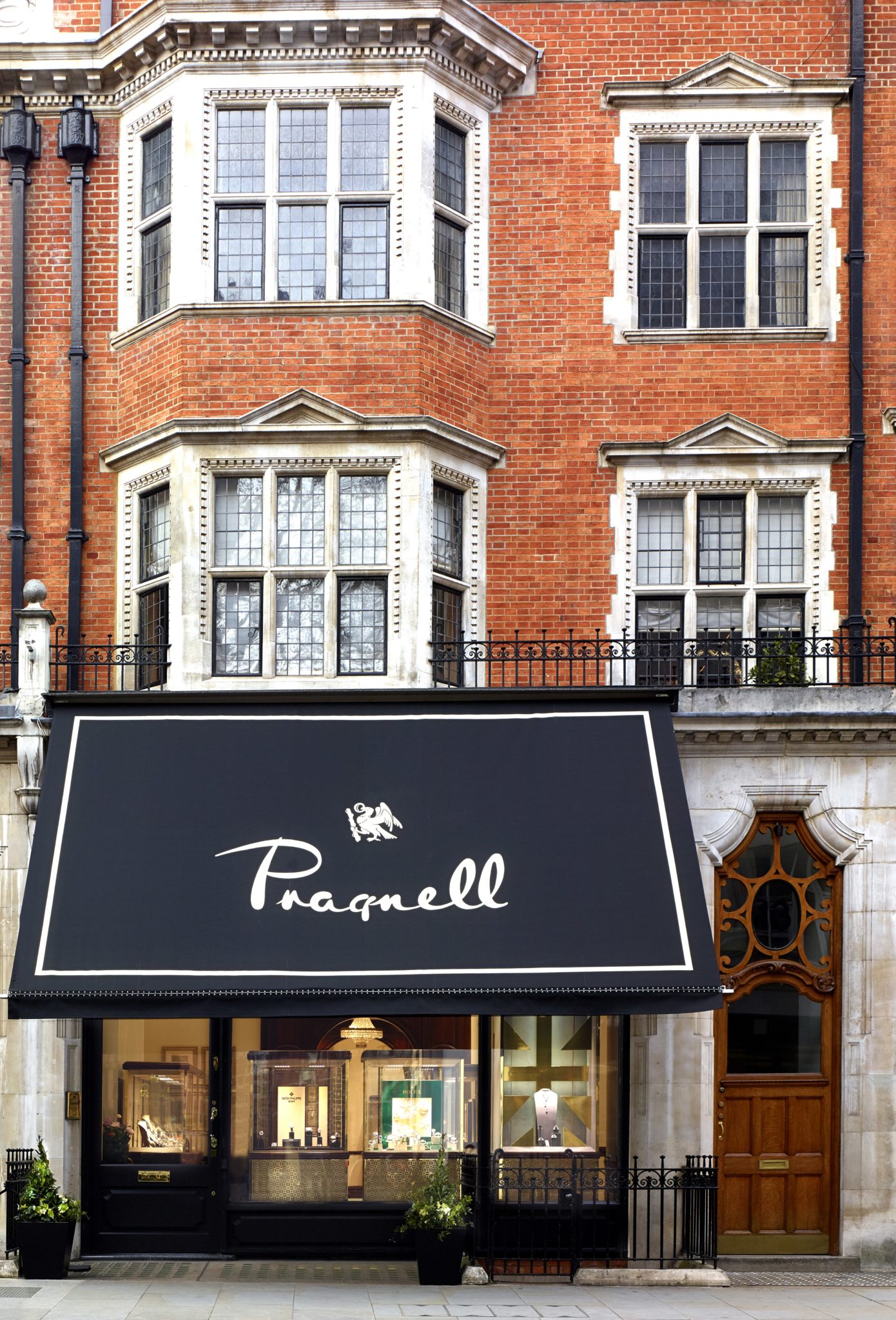
WP: I don’t think anybody would have been surprised at Pragnell opening as purely a jewellery boutique. Nobody was expecting another door for Patek or Rolex in London.
CP: There are certain demographics that, given the choice, prefer to shop with a family-run jeweller. I believe that Patek and Rolex recognise that, and I hope they think that we do a decent job.
WP: How has trading been since you opened six months ago?
CP: It’s been great fun, it’s been an adventure and it’s had its challenges. But overall it has been very enjoyable, and the team has done brilliantly. They get on very well and really are enjoying themselves because there’s a feeling of excitement. All of us feel that, and I think the customers feel that. There’s a genuine desire to do things really well.
WP: Has it performed to expectations commercially?
CP: Yes, it has performed to our expectations. We’re pleased to report, we’re glad to report, relieved to report!
WP: You’ve had your hands on the reins of the business since 2012, so six years in and you’ve already made a dramatic difference. What is your next trick going to be?
CP: Who knows what the future may hold, but for the moment, my intention is to improve the stock holding, quality of our service and the quality of our showrooms and presentation within the existing group of shops. We’ve got some exciting new developments planned for Leicester [where Pragnell owns Tarratt Jewellers], which we haven’t disclosed yet. In Stratford, we’ve acquired the building next door, and we’ll be increasing the size of our showroom, nearly doubling the size. That will be open in the first quarter of 2019. Work’s been going on for 12 months, so it’s in process.
WP: Any idea what you’re going to do with the additional space?
CP: We’ll have more space for everything. We’ll retain all of that diversity, the goods and services, and we’ll have more space for everything.
WP: Over the decades, have you tended to have spikes in activity and expansion and then you bed them in?
CP: Absolutely. My father was probably the first to have a proper collection of Patek Philippe watches. He believes he may have been one of the first to have a proper collection of platinum and gold Rolex Day Dates in the early 1980s, and that was pretty ground-breaking.
We’ve sold Omega since the business in Stratford-upon-Avon was founded. My father remembers my grandfather telling him: “One day, we’ll sell one of these a week”. And so the difference in relative progression from time period to time period is quite marked.
WP: From your description of the expansion in Stratford-Upon-Avon, it sounds like you will not necessarily be adding brands, but more likely give more space to your existing brands. That seems to be a growing trend these days with multibrand retailers needing to offer an extensive range from each of their watch brands. It also means you have to train your teams on fewer brands, so they can be more expert.
CP: I think the principal point is one of stock holding, and it is a challenge. If you are going to be a multi brand watch location, you need to be able to stock each of them in-depth.
WP: And the suppliers help you enough with that?
CP: Yes, but the complexity lies in our internal controls and being able to understand how, across the brands, we split our stock of men’s to ladies watches; steel to gold; sports, dress; diving watches etc.
WP: Are you scientific about that balance, or is it gut feel?
CP: A lot of it is feel because there are some customers that are ahead of the curve. The industry likes to feel they start trends, but I think there are all sorts of factors afoot in the outside world, and I still believe we’re led by customers’ demands. We can see trends evolving through particular customers, they can often direct us as to where things may be heading. It is a very inexact science because there are so many economic and socio-political factors afoot.
WP: Speaking of economics, what is your feeling about where the market is heading this year and how do you adjust your plans when external factors like Brexit and wildly fluctuating currencies can have such a huge effect?
CP: We’re always optimistic but plan for the worst. If you’re investing in high quality, you’re investing in a comparatively stable asset. If it’s rare and is high quality, and you’ve paid the right price, you’d hope that gives some reliability and stability.
I think with forecasts one can be in danger of predetermining your own destiny because the way in which you prepare can be self-fulfilling. You must always give yourself the best chance of success without putting yourself at too much risk. The external factors will be what they will be, and if it’s a favourable wind you can take advantage. If it’s adverse wind, then there’s a position of recovery and you can stabilise. But don’t bet the farm.
There’s been a lot of growth in recent years, and there’s some inevitability that growth will flatten off. However, within the industry, the high quality with long-term strategy and consistency will continue to do well. The most important watch brands continue to be strong. In times of uncertainty, there is some flight to what you know, whether that be the more established brands, the more established jewellers or family businesses, and there’s a flight to quality as well.
There is an increasing trends that customers would rather spend a sum of money on one watch or item of jewellery than the same sum on five less expensive items. There is a change with the way in which the digital environment is developing and that is certainly having an effect on everyone. Some businesses are better positioned to evolve to cope with that changing environment than others.
WP: Your website is not transactional at the moment. Is that likely to change?
CP: There are certain types of goods that we may sell online in time. I think the average sale price that people are comfortable to buy online is increasing gradually towards our core price, so it may make commercial sense, but I still think there’s great value to encourage customers to come to our shops to talk to our experts and specialists and sales people. The articles we offer are high quality, physical goods of extraordinary craftsmanship and natural rarity that need to be tried on, touched and seen in the flesh to truly understand. No stone, metal finish, feel, actual size or weight can be replicated sufficiently accurately through a screen. The emotions that are to be embodied by the article, the customers requirements and preferences are far better understood by an expert and experienced advisor in a face to face conversation than through a screen. While we believe we can still achieve a superior experience and better inform and advise the customer in person, we should.

